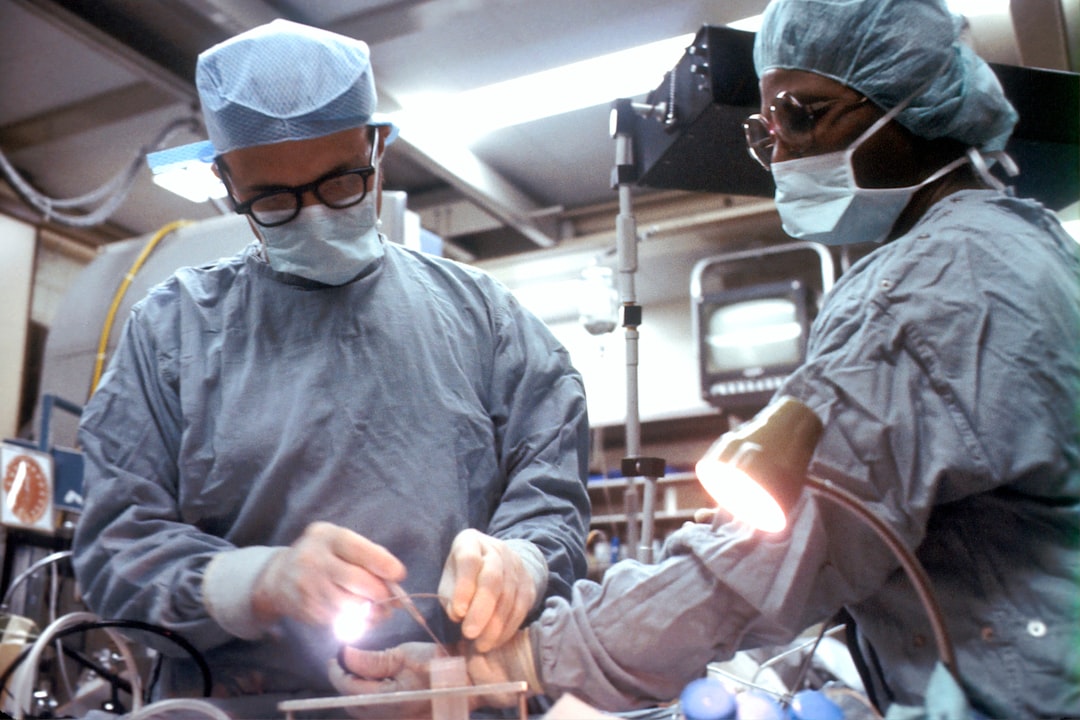What is it about?
Full body, long wavelength, ultraviolet (UV-A1; 360-400 nm) irradiation of lupus patients by activating singlet oxygen, a powerful oxidizer, has two powerfully remedial actions in the disease. Singlet oxygen, first, depolarizes the hyperpolarized mitochondria in lupus that otherwise resists the depolarization needed for promoting apoptosis. The failure in apoptosis results in the release of massive amounts of intracellular constituents capable of entering the blood stream and widely interfacing and entering other tissues leading to injury. This assult results in a heavily weighted protective humoral immune response against the intracellular debris, once viewed as the cause of lupus, but perhaps not. The response is appropriatly protective and it may be instead the release of the intracellular debris that more closely defines lupus. The second remedial action ushered in by UV-A1-generated singlet oxygen is the activation of the gene for the heme oxygenase-1, an enzyme that is deficient in lupus but thought to be the chief mediator of homeostasis in the body, bringing about widespread cytoprotective, antiinflammatory, pro-survival actions. UV-A1 photons also aid directly in such remedial actions as reversing lupus-generated decreases in cell-mediated immunity and increases in B-cell activity. They reduce levels of anti-phospholipid antibodies, decrease pulmonary hypertension and interstitial lung disease, push against an underlying epigenetic drift toward lupus and offer protection against lupus-accelerated atherosclerosis. Notably, the therapy is non-invasive, comfortable and has little toxicity.
Featured Image
Why is it important?
The study reveals for the first time that full body irradiation with long wavelength ultraviolet light (ultraviolet A-1; 360-400 nm) is effective as a treatment for lupus. Regarding etiology, the effectiveness of UV-A1 phototherapy may mean that debris in the blood rather than inflammation is the major driver of the disease and that failed apoptosis rather than inflammation is central to it. Also new is the indication that what was once thought to be a major actor in the disease, autoinflammation, may be protective, clearing noxious intracellular debris from the bloodstream. There is also support for the view that anti-cardiolipin antibodies rather than causing thrombosis may be protecting against it by enhancing macrophage removal of the true blood clotting elements. There is every indication the the activation of the gene for heme oxygenase-1, a major govenor of homeostasis that is underexpressed in lupus, contributed to the reversal of multiple tissue aberrations in the studies. Surprising also was that UV-A1 photons appeared to have a direct ameliorative action on the lungs, brain, and possibly B-cells and epigenetics in the patients treated, as described in the manuscript.
Perspectives
The publication reviews the development of a unique therapeutic modality, which successfully targets systemic lupus erythematosus. It may be the gentlest, most comfortable, and least invasive, effective therapeutic modality to enter the anti-lupus armamentarium. Its effectiveness offers a view of lupus as being a disease other that what we thought.
Hugh McGrath Jr.
Read the Original
This page is a summary of: Ultraviolet-A1 irradiation therapy for systemic lupus erythematosus, Lupus, May 2017, SAGE Publications,
DOI: 10.1177/0961203317707064.
You can read the full text:
Contributors
The following have contributed to this page










